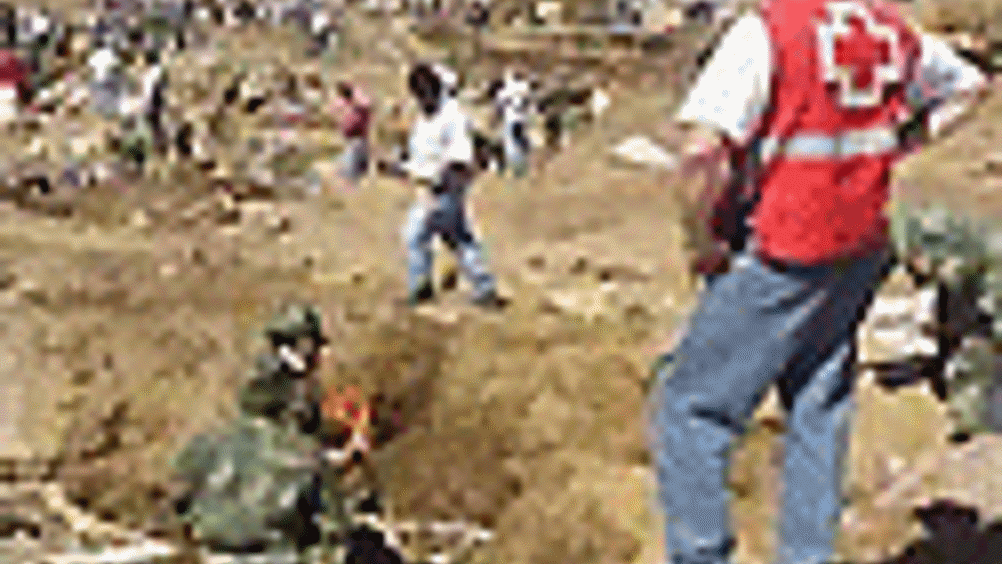Success for SAIC’s STB
Science Applications International Corporation this week announced the successful completion of testing of a buoy developed to provide early warning detection of tsunamis.

(SAIC) this week announced the successful completion of testing of a buoy developed to provide early warning detection of tsunamis.
The SAIC tsunami buoy (STB) was deployed on October 25, 2006, approximately 200 nautical miles west of
The genesis of SAIC developing a tsunami warning capability began after the December 26, 2004
With the goal of developing an end-to-end tsunami warning capability that can be integrated into international disaster warning systems, SAIC engineers determined that the cornerstone of this effort would be the development of a technically advanced, commercially available, deep-ocean sensor that could match the capabilities of the NOAA DART system that currently protects the coastal United States.
Register now to continue reading
Thanks for visiting The Engineer. You’ve now reached your monthly limit of news stories. Register for free to unlock unlimited access to all of our news coverage, as well as premium content including opinion, in-depth features and special reports.
Benefits of registering
-
In-depth insights and coverage of key emerging trends
-
Unrestricted access to special reports throughout the year
-
Daily technology news delivered straight to your inbox










Water Sector Talent Exodus Could Cripple The Sector
Maybe if things are essential for the running of a country and we want to pay a fair price we should be running these utilities on a not for profit...